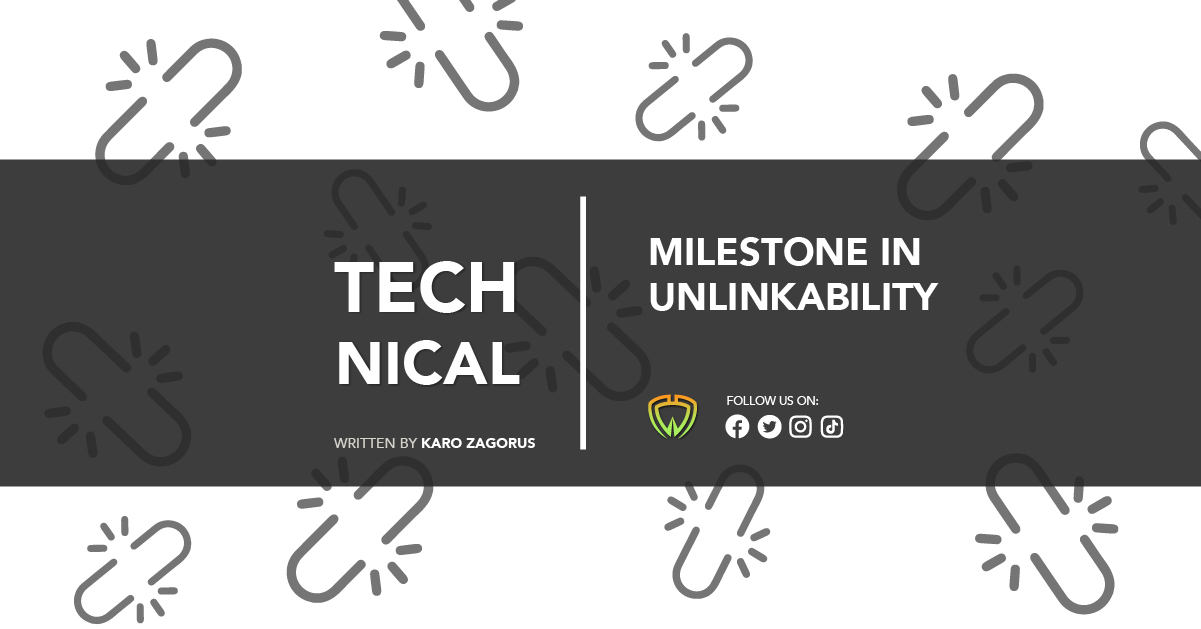When taking care of your bitcoin self-custody, the last thing you want is to lose access to your wallet because you confused the terms and didn’t back up properly. Let’s make sure that doesn’t happen by answering a few questions.
What is a bitcoin passphrase? What is a password? What is the difference between the two?
A BIP39 passphrase is an additional layer of protection for your bitcoin wallet; it acts as the 13th word to your 12-word seed phrase, or the 25th word if you have a 24-word seed phrase. If you lose your passphrase, you will lose access to your wallet and won’t be able to recover your funds.
A bitcoin wallet password is a way to lock your wallet application, and in the case of Wasabi Wallet, it’s the same as a BIP39 passphrase. However, in other wallets, it will only lock you out of the wallet, but you will be able to recover with your seed phrase without the need for the password.
In this article, we will explain what BIP39 is, the benefits and tradeoffs of passphrases, how to properly back them up, and how they differ from regular passwords.
What is BIP39?
BIP39 is a bitcoin improvement proposal from 2013 that revolutionized the way bitcoin wallets work. Here’s the description straight from the BIP:
“This BIP describes the implementation of a mnemonic code or mnemonic sentence — a group of easy-to-remember words — for the generation of deterministic wallets.”
Today, BIP39 is the standard for how bitcoin wallets work. You create a wallet and you get a set of words, often 12 or 24, and if you back up that property, you can retrieve your wallet anywhere, anytime.
But what if someone other than you finds your seed phrase backup? They would have instant access to your money, and you wouldn’t be too happy about it.
What can be done to solve this problem?
Passphrases to the Rescue
To add an extra layer of protection to your wallet, you can add a passphrase to protect your seed phrase. This passphrase can be anything you want; any combination of alphanumeric and special characters of any length.
When you set up Wasabi Wallet, you’ll be asked to enter a passphrase. This is a BIP39 passphrase, and you should take the time to understand that you will need this passphrase every time you want to use your wallet, and if you lose it, you will lose access to your funds.
As long as you understand and accept the tradeoff of losing access to your funds if you lose your passphrase, you’re ready to use it. Just make sure you back it up properly.
How to Properly Backup a Passphrase?
First of all, remember why you’re using a passphrase in the first place: to protect your seed phrase. This means that the first step to properly handling your passphrase backup is to keep it separate from your seed phrase backup.
Then, you should test your passphrase and your full wallet backup before sending a significant amount of money to your wallet. Also, make sure you’re comfortable with the recovery process.
Some people may tell you that you shouldn’t write your passphrase down anywhere and that you should memorize it, but they’re dead wrong. You should never make your memory your single point of failure, unless you have no choice, like crossing a border in a war zone.
So is there a difference between passphrases and passwords?
The Difference Between a Passphrase and a Password
The answer is that it depends on the wallet. In the case of Wasabi Wallet, there’s no difference between a passphrase and a password, they are used interchangeably.
However, in many other wallets, such as Blue Wallet, a password is not part of your wallet, it’s just a way to protect access to your application. This means that if you restore your wallet from your seed phrase backup, you won’t be asked for your password to access your funds, and you will be able to set a new password.
Conclusion
In this article, we explained what BIP 39 is, how passphrases help protect your seed phrase, how to properly back them up and what is the difference between a passphrase and a password.
Bitcoin self-storage isn’t too difficult, but you do need to take the time to familiarize yourself with the basics and feel comfortable with the recovery process. We recommend that everyone take the time to properly test their wallet backup so that they are not nervous when the time comes to do it for real.



